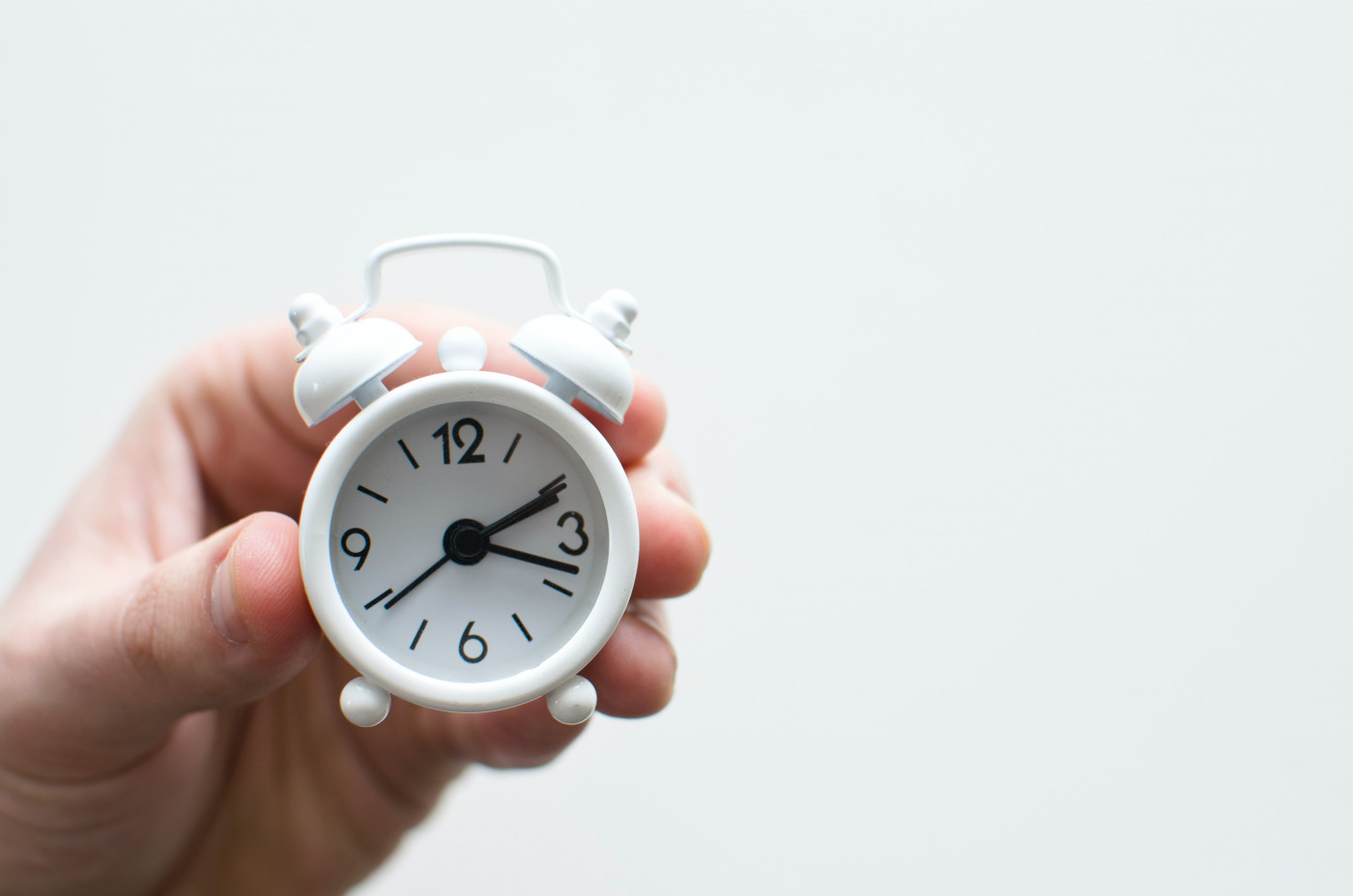Wait Between Repeat Nerve Stimulation Tests in LEMS, Researcher Advises

When monitoring Lambert-Eaton myasthenic syndrome (LEMS) patients, physicians should wait at least 150 seconds between nerve stimulation tests to avoid interference from prior exercise or electric stimulation in subsequent muscle responses, a recent study found.
The study, “Assessment of the CMAP Amplitude Return Time between Exercises or Tests in the Repetitive Nerve Stimulation Test for Lambert‐Eaton Myasthenic Syndrome,” was published in the journal Muscle and Nerve.
LEMS is an autoimmune disease in which the immune system mistakenly attacks calcium channels in nerve cell endings — needed to control muscle movement — eventually leading to muscle weakness, mainly in the lower limbs.
Diagnosis and monitoring of LEMS progression usually is done using electromyography (EMG), a test that records electrical activity coming from the muscle in response to a nerve signals or exercise.
The initial response, called compound motor action potential (CMAP), is low in LEMS patients, with decreases after low electric stimulation and increases by 60% or more after high stimulation or brief exercise, usually lasts 10 to 30 seconds.
During tests, researchers measure the peak values of CMAP, but levels do not immediately return to normal. Conducting the next nerve stimulation test before CMAP is back to rest could significantly change results and affect test conclusions.
A researcher at the University of Alabama at Birmingham, Shin J. Oh, MD, set out to determine the optimal waiting time between nerve stimulation tests in LEMS patients.
Ten patients were included in his study; they had participated in a prior clinical trial of 3,4-diaminopyridine from 2008 to 2013. Their ages ranged from 28 to 72, three had small cell lung cancer, and nine had antibodies against voltage-gated calcium channels.
During the study, they underwent a total of 17 tests in the forearm, with four patients having more than one set of tests. CMAP values were collected after three exercise periods — 10, 20, and 30 seconds — and after a period of 10 seconds of exercise followed by repeat low-intensity electrical stimulation.
“Exercise was achieved by having the patient spread the fingers against the examiner’s own spread fingers so that the examiner felt resistance,” Oh wrote.
At the time of the test, all patients experienced increments more than 67% in CMAP scores after 10 seconds of exercise (mean 355% increment), and all experienced a reduction more than 7% in CMAP peaks after low electric stimulation (mean 28% decrement).
Results showed that the longer the exercise period, the faster CMAP returned to normal. The adequate waiting time after 10 seconds of exercise was 150 seconds; after 20 seconds of exercise it was 120 seconds, and it was 90 seconds after 30 seconds of exercise. Short exercise followed by repeat electrical stimulation also required 150 seconds before CMAP levels lowered to rest values.
Overall, the findings suggest that, when performing repeat nerve stimulation (RNS), physicians should wait at least 150 seconds between tests to avoid interference.
“At our institution, … we have used 60 [seconds] as an adequate [waiting time] between each test for our standard RNS protocol on the basis of personal experience in normal controls,” the investigator wrote. “However, the present study showed that 60 [seconds] between each test is not sufficient to avoid a post-exercise effect on the CMAP amplitude in LEMS.”
Yet, Oh said, the exclusion of two tests from the analysis — in which CMAP values were not back to normal after six minutes — was a limitation of the study. “If these two outliers are included, then adequate ART will be a longer than 150 [seconds],” he wrote.






